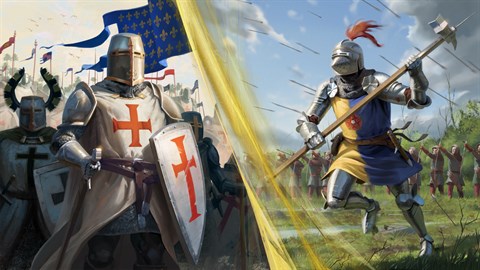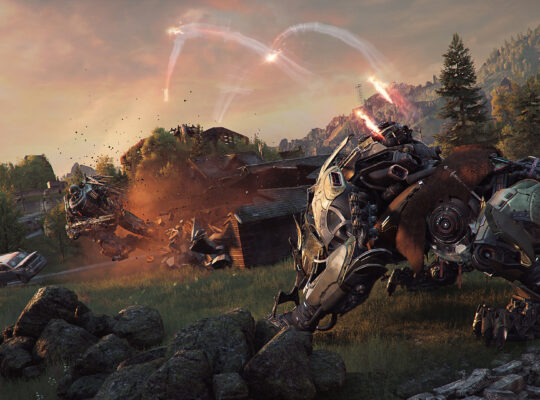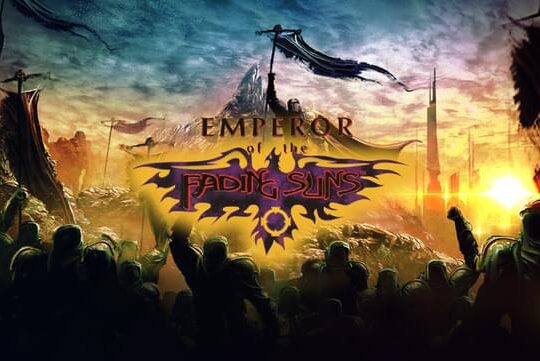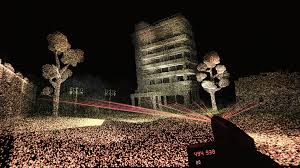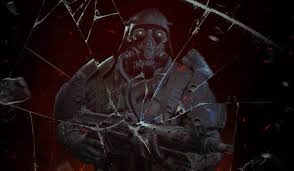Rainbow Six Siege: A Deep Dive into the Pros and Cons
Rainbow Six Siege, developed by Ubisoft, has established itself as one of the premier tactical first-person shooters in the gaming world. Since its release in 2015, the game has continually evolved, offering a unique blend of strategy, teamwork, and intense firefights. In this article, we’ll explore the pros and cons of the game to give a comprehensive view of what it has to offer.
Pros of Rainbow Six Siege
1. Tactical Gameplay
- Strategic Depth: One of the standout features of Rainbow Six Siege is its emphasis on tactical play. Unlike many shooters that focus on reflexes and individual kills, Siege rewards careful planning, teamwork, and tactical execution. Players must think critically about their environment, plan their approach, and work together to outsmart the enemy.
- Destructible Environments: The game’s environment is fully destructible, allowing players to create new lines of sight, breach walls, or even collapse entire floors to gain the upper hand. This adds a dynamic layer to every match, ensuring no two rounds are ever the same.
- Operator Abilities: Each of the game’s operators (characters) has unique gadgets and abilities that cater to different playstyles. Whether you’re using a drone for reconnaissance, deploying a shield for protection, or using explosives to breach enemy defenses, the variety of operators ensures strategic flexibility.
2. Team-Oriented Gameplay
- Cooperative Experience: Rainbow Six Siege excels in creating a sense of teamwork. Victory often depends on how well the team communicates and coordinates. Every player’s role is crucial, and working together is essential to overcoming the enemy.
- Role Diversity: With operators designed for various roles—such as attackers, defenders, and support—the game encourages collaboration and strategic planning. Every match requires players to communicate and adapt to changing situations, making teamwork a central component of success.
3. Constant Updates and Support
- Frequent Updates: Ubisoft consistently supports Rainbow Six Siege with new content, including operators, maps, and seasonal updates. The developers regularly tweak balance, fix bugs, and introduce new features based on community feedback, ensuring the game remains fresh and exciting.
- Esports and Competitive Scene: Rainbow Six Siege has a thriving esports community, with regular tournaments and a dedicated competitive scene. This keeps the game alive and relevant, as players and developers are committed to maintaining a healthy competitive environment.
4. High Skill Ceiling
- Learning Curve: The game offers a high skill ceiling, meaning there’s always room for improvement. Whether you’re mastering different operators, perfecting your aim, or learning to communicate more effectively, there’s a sense of progression for players who invest time into learning the game. This makes it highly rewarding for those who stick with it.
Cons of Rainbow Six Siege
1. Steep Learning Curve
- Intimidating for New Players: For newcomers, Rainbow Six Siege can be overwhelming. The game requires not only a good understanding of tactics but also knowledge of each operator’s abilities, the intricacies of the maps, and how to effectively communicate with your team. The steep learning curve can lead to frustration for players who are just starting out.
- Unforgiving Mechanics: Death in Siege is often quick and punishing. A single mistake can cost the team the round, which can feel frustrating, especially for newer players who are still learning the ropes.
2. Toxicity and Community Issues
- Toxic Players: As with many competitive online games, Siege’s player base can sometimes be hostile. Toxicity, including verbal abuse and unsportsmanlike behavior, can be a significant issue, especially in ranked matches. This can diminish the overall enjoyment of the game, particularly for those who are looking for a more positive, team-oriented experience.
- Team Communication Problems: While Siege encourages team play, it can also suffer from players who refuse to communicate or cooperate. Poor team dynamics often lead to frustration and can ruin the experience, especially when playing in uncoordinated teams.
3. Microtransactions
- Pay-to-Skip Progression: While the game is free-to-play with a relatively low entry cost, there is a significant reliance on microtransactions. Players can purchase skins, cosmetic items, and even new operators. While cosmetic items don’t affect gameplay, the ability to pay for new operators, especially if you want to skip the grind, has been a point of contention within the community.
- Progression System: The game’s progression system can feel slow at times. Unlocking new operators or customization options requires a considerable amount of playtime or investment in microtransactions. Some players may feel that this system favors those who are willing to spend more money.
4. Matchmaking Issues
- Matchmaking Problems: While Ubisoft has worked hard to improve matchmaking, the system can still be inconsistent. Long wait times for certain modes, unbalanced matches, and frustrating queue times during off-peak hours can be a turn-off for players. Additionally, playing with or against players of vastly different skill levels can lead to frustrating and unbalanced games.
- Ranked Mode Frustrations: Competitive modes can be rewarding, but they can also be a source of frustration. Ranked matches are often plagued by smurfing (high-level players playing on low-level accounts), boosting, and disconnects. This can significantly hinder the matchmaking experience and make it harder for casual players to enjoy the game.
5. Performance and Optimization
- Hardware Demands: Rainbow Six Siege is known for being demanding on hardware. While it runs smoothly on high-end systems, players with older or less powerful machines may experience performance issues, including frame rate drops and long load times. Although the developers continue to optimize the game, the system requirements can be a hurdle for some players.
- Server Stability: At times, server issues can interrupt gameplay. Lag, latency, and occasional server downtimes affect players’ experiences, especially in competitive matches.
Conclusion
Rainbow Six Siege offers a unique and rewarding tactical experience, emphasizing team-based strategy, careful planning, and skillful execution. Its destructible environments, diverse operator abilities, and high skill ceiling make it one of the standout shooters in the genre. However, it’s not without its flaws—especially in terms of its steep learning curve, toxic community elements, and progression system.
For those who are willing to invest the time to master its mechanics and play with a coordinated team, Rainbow Six Siege can be an immensely satisfying experience. But for players looking for a more casual, low-stakes shooter, the game’s competitive nature and occasional frustrations might not be for them.
Ultimately, Rainbow Six Siege shines brightest for players who are eager to engage in strategic, high-stakes firefights and are willing to face its challenges head-on.



